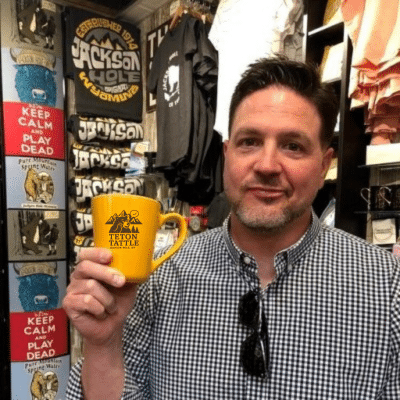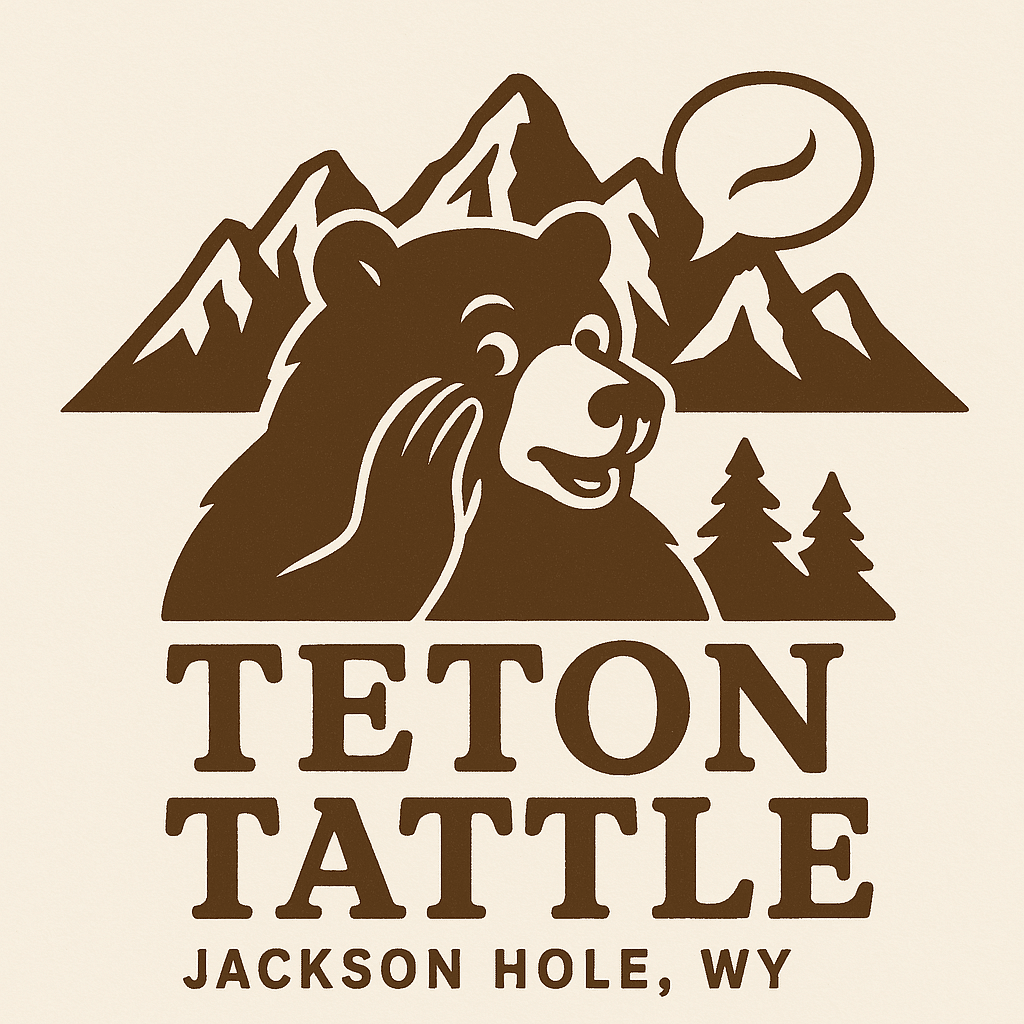If you’ve ever stared at a puddle on your property and wondered whether the federal government might suddenly claim it as navigable water, you weren’t alone. Wyoming farmers and ranchers have been saying for years that the “Waters of the United States” (WOTUS) definition needed a serious tune-up, preferably one that didn’t require a team of DC attorneys and a kayak.
This week, the Trump EPA rolled out a new proposed definition aimed at clarifying exactly what counts as federally regulated water and what does not, following the Supreme Court’s Sackett v. EPA ruling. The agency says the updated rule would restore predictability for landowners, keep federal oversight to truly significant waterways, and put an end to the regulatory gray zones that have frustrated just about everyone west of the Mississippi.
Wyoming’s Senators? Fully On Board
Both members of Wyoming’s Senate delegation wasted no time cheering the proposal.
Sen. Cynthia Lummis posted that Wyoming farmers, ranchers, and landowners “shouldn’t have every puddle or gully regulated by DC bureaucrats.” She praised the new definition as the clear-cut rule people “can actually count on.”
Meanwhile, Sen. John Barrasso applauded the Trump administration for “protecting water resources in the West and respecting local authority.” He argued the previous federal approach gave Washington “control of everything from ponds to prairie potholes,” and that the new proposal will better stand with Wyoming’s landowners.
In other words, Wyoming’s senators saw the new rule, nodded approvingly, and basically said, “Yep. That’s more like it.”
What the Rule Actually Does
According to EPA Administrator Lee Zeldin, the proposal is designed to:
- Bring the definition of “Waters of the United States” in line with the Supreme Court ruling
- Create a clearer, narrowed, easier-to-understand standard
- Reduce uncertainty for farmers, ranchers, builders, and property owners
- Focus federal oversight on waters with meaningful connections to major navigable waterways
- Prevent routine ranch work from triggering expensive federal permitting
The agency calls it a win for clarity. Critics of previous rules call it long overdue. And landowners call it… well, Tuesday.
Why This Matters in Wyoming
In a state where agriculture, ranching, and land stewardship are daily realities, not abstract policy debates, water regulations hit close to home. Confusing or overly broad definitions can stall projects, add paperwork, or force landowners into legal limbo.
A clearer rule means less second-guessing, fewer surprise permit requirements, and fewer federal eyebrows raised at every seasonal puddle, cow track, or snowmelt-fed ditch.
What Happens Next
The proposed rule still needs to go through the federal review and public comment process before becoming final. Expect a lively national debate, though here in Wyoming, the reception appears pretty unanimous.
In the meantime, Wyoming’s congressional delegation is celebrating this update as a win for common sense and Western practicality. And honestly? If the federal government can define “water” in a way that ranchers actually find understandable, that might just be a Christmas miracle.
AntlersArch founder and the voice behind Teton Tattle.





